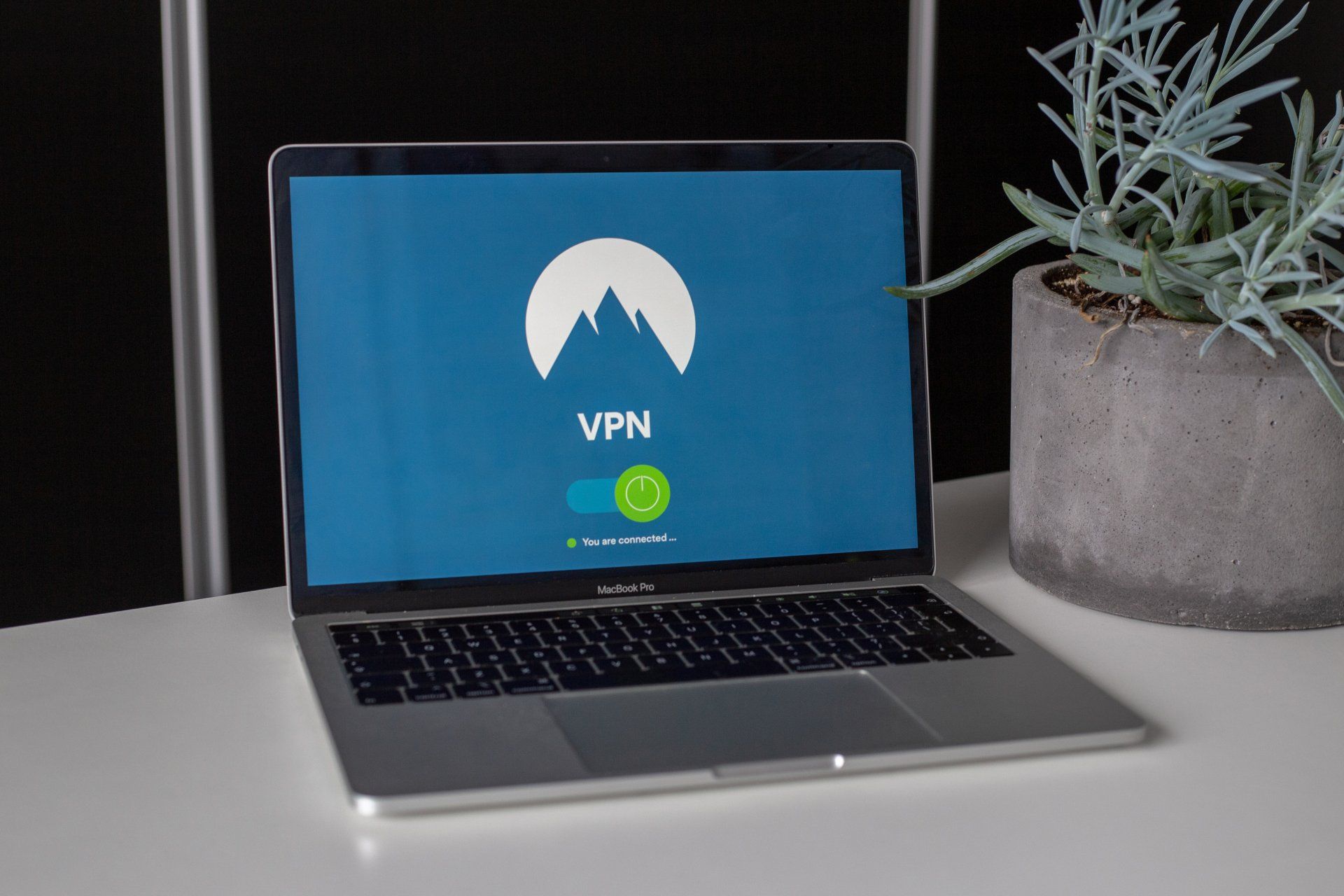Reports a Risk Manager in a bank should review periodically
As a risk manager in a bank, some of the daily reports that are essential to see are:
1. Liquidity reports: These reports help the risk manager in tracking the liquidity position of the bank. They provide information on the bank's cash inflows and outflows, and ensure that the bank has sufficient funds to meet its short-term obligations.
2. Market risk reports: These reports provide information on the bank's market risk exposure, including interest rate risk, foreign exchange risk, and commodity risk. They help the risk manager in identifying any potential losses that may arise from changes in market conditions.
3. Credit risk reports: These reports provide information on the bank's credit risk exposure, including information on the creditworthiness of its borrowers and the quality of its loan portfolio. They help the risk manager in identifying any potential losses that may arise from defaults or credit downgrades.
4. Operational risk reports: These reports provide information on the bank's operational risk exposure, including information on internal control failures, frauds, and errors. They help the risk manager in identifying any potential losses that may arise from operational failures.
5. Reputational risk reports: These reports provide information on the bank's reputational risk exposure, including information on negative media coverage or public perception.
They help the risk manager in identifying any potential losses that may arise from damage to the bank's reputation.
In addition to these daily reports, risk managers may also review weekly, monthly, and quarterly reports to ensure that the bank's risk exposure remains within acceptable levels.




